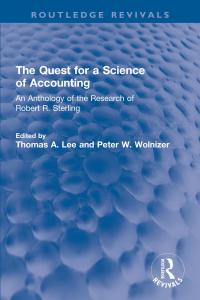Nash Inc. has $ 495,570 to invest. The company is trying to decide between two alternative uses of the funds. One alternative provides $ 73,855 at the end of each year for 10 years, and the other is to receive a single lump sum payment of $1,539170 at the end of the 10 years. Which alternative should Nash select? Assume the interest rate is constant over the entire investment e Textbook and Media Save for Later Attempts: 0 of 5 used Submit Answer Nash Inc. has completed the purchase of new Dell computers. The fair value of the equipment is $ 692,286. The purchase agreement specifies an immediate down payment of $ 168,000 and semiannual payments of $ 64,640 beginning at the end of 6 months for 5 years. What is the interest rate, to the nearest percent, used in discounting this purchase transaction? Interest rate % semiannually e Textbook and Media Save for Later Attempts: 0 of 5 used Submit Answer (c) Nash Inc. loans money to John Kruk Corporation in the amount of $ 672,000. Nash accepts an 8% note due in 7 years with interest payable semiannually. After 2 years (and receipt of interest for 2 years), Nash needs money and therefore sells the note to Chicago National Bank, which demands interest on the note of 10% compounded semiannually. What is the amount Nash will receive on the sale of the note? (Round factor values to 5 decimal places, eg. 1.25124 and final answer to decimal places, eg. 458,581.) Amount received on sale of note $ Nash Inc. wishes to accumulate $1,092,000 by December 31, 2030, to retire bonds outstanding. The company deposits $ 168,000 on December 31, 2020, which will earn interest at 10% compounded quarterly, to help in the retirement of this debt. In addition, the company wants to know how much should be deposited at the end of each quarter for 10 years to ensure that $ 1.092,000 is available at the end of 2030. (The quarterly deposits will also earn at a rate of 10%, compounded quarterly) (Round factor values to 5 decimal places, eg, 1.25124 and final answer to decimal places, eg. 458,581) Annuity of value of quarterly deposits $









